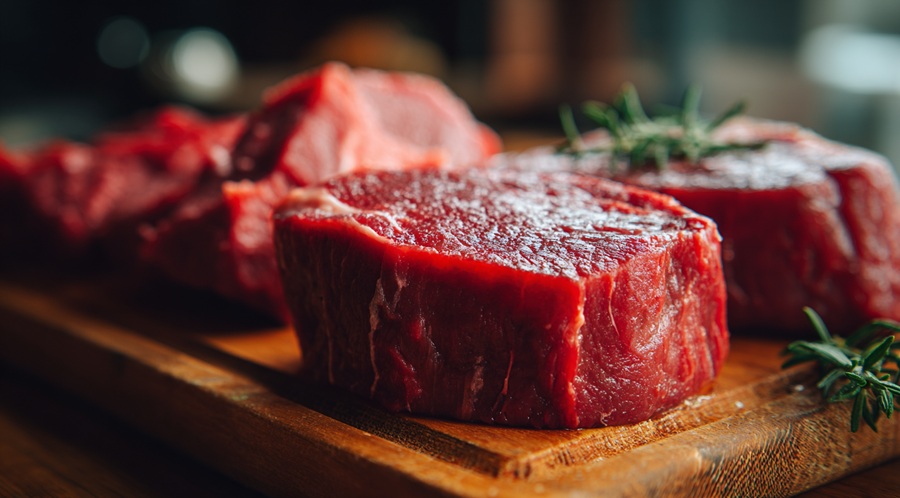
meat
Japanese Name
にく
niku
Description
- Meat is the flesh of animals that people eat as food. It comes from animals like cows (beef), pigs (pork), chickens (chicken meat), and sheep (lamb or mutton).
- Meat is a good source of protein, vitamins, and minerals. It can be cooked in many ways, such as grilling, frying, boiling, or roasting.
History
- Humans have been eating meat since prehistoric times, with early humans hunting wild animals for survival. The discovery of fire allowed meat to be cooked, improving its flavor, texture, and safety.
- Over time, as humans developed agriculture and domesticated animals, meat became more widely available. Ancient civilizations such as the Egyptians, Greeks, Chinese, and Romans all consumed meat, often reserving it for the wealthy or for religious ceremonies.
- In medieval Europe, meat was an important part of feasts and noble diets, while common people ate it less frequently. In Asia, including Japan, meat consumption was limited for centuries due to Buddhist influences, which promoted vegetarianism.
- In Japan, eating meat was officially discouraged for over 1,000 years. However, after the Meiji Restoration (1868), Japan opened up to Western culture, and meat became an important part of the modern Japanese diet.
Learn more Japanese words?
Play our free typing game and master Hiragana & Vocabulary in a Zen atmosphere. 🍵
🎮 Play Game